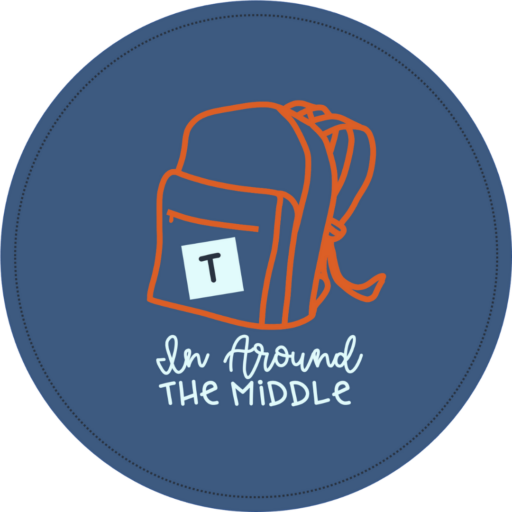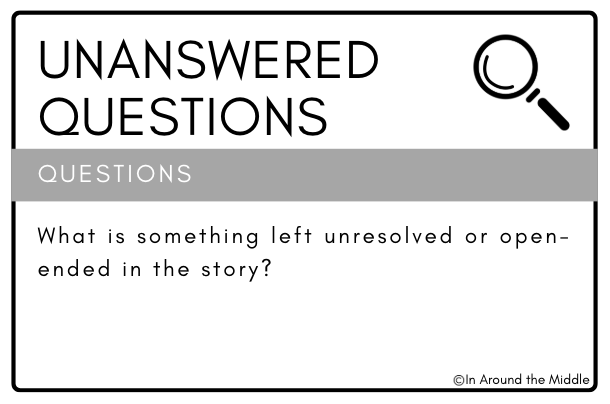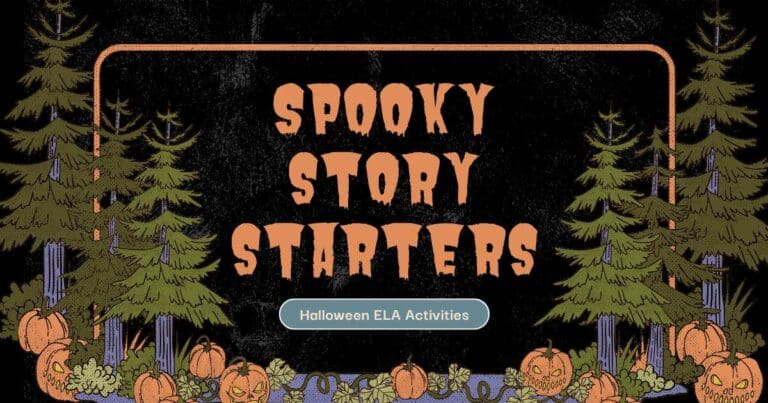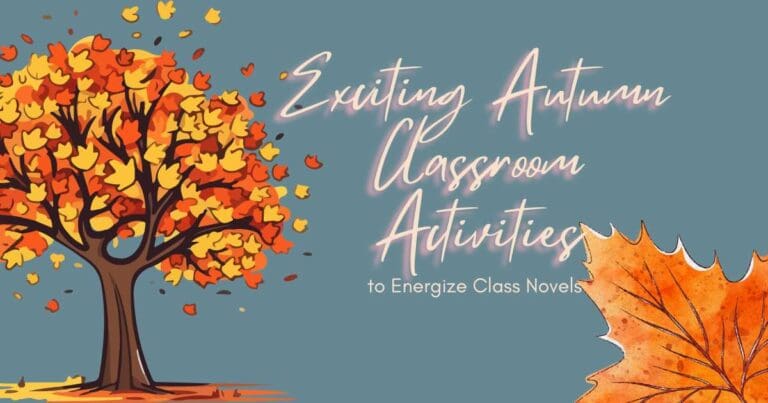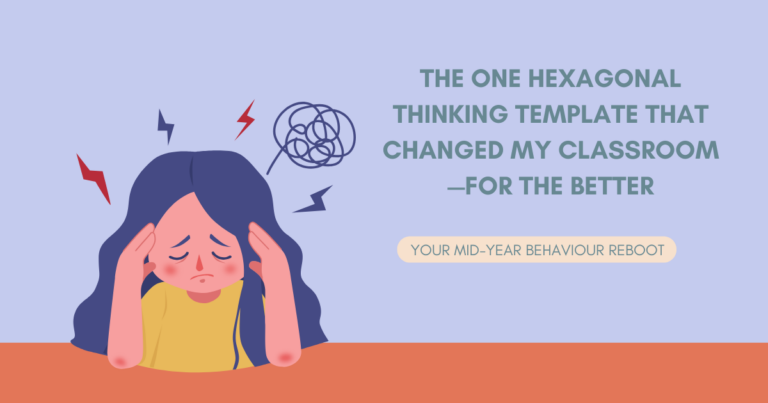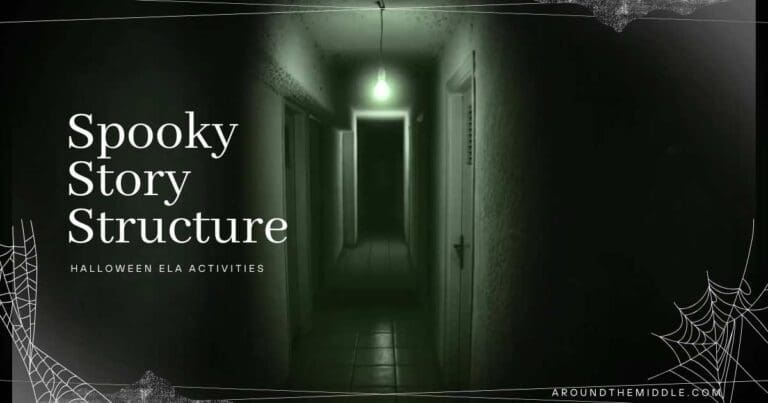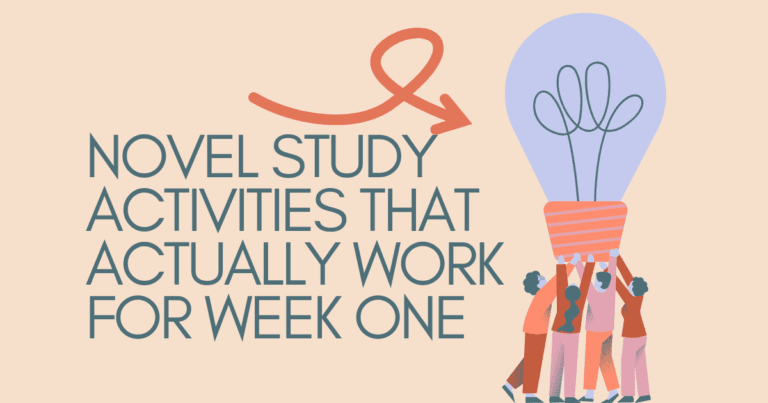Back to School Novel Studies That Inspire Powerful Classroom communities
Forget silent reading and surface-level comprehension questions—what if your back-to-school novel studies could launch a classroom reading community where students genuinely care about stories, each other, and big ideas?
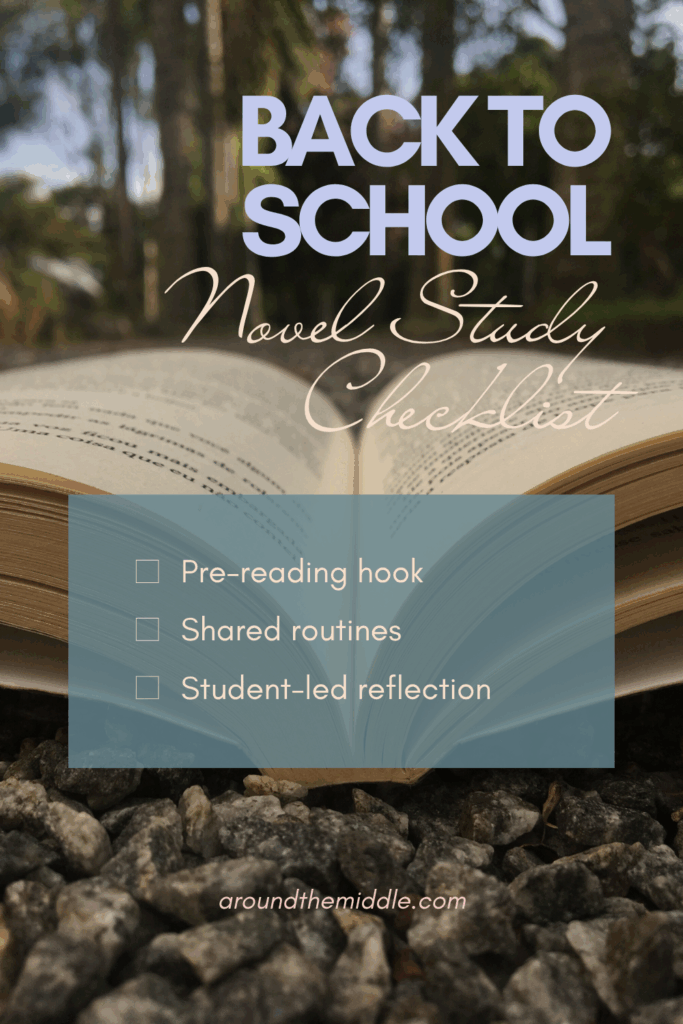
Back to school is the perfect time to set the tone for how reading will feel in your classroom. You’re not just teaching texts—you’re building a community of thinkers, questioners, and meaning-makers.
In this post, you’ll find three practical and powerful strategies to structure your first novel study for connection, conversation, and critical thinking from day one:
– Pre-reading activities to ignite curiosity
– Shared reading routines that center student voice
– Collaborative tools like hexagonal thinking and peer reflection that get students engaging together
Let’s dive into how to make that happen—without overwhelming prep or one-size-fits-all templates.
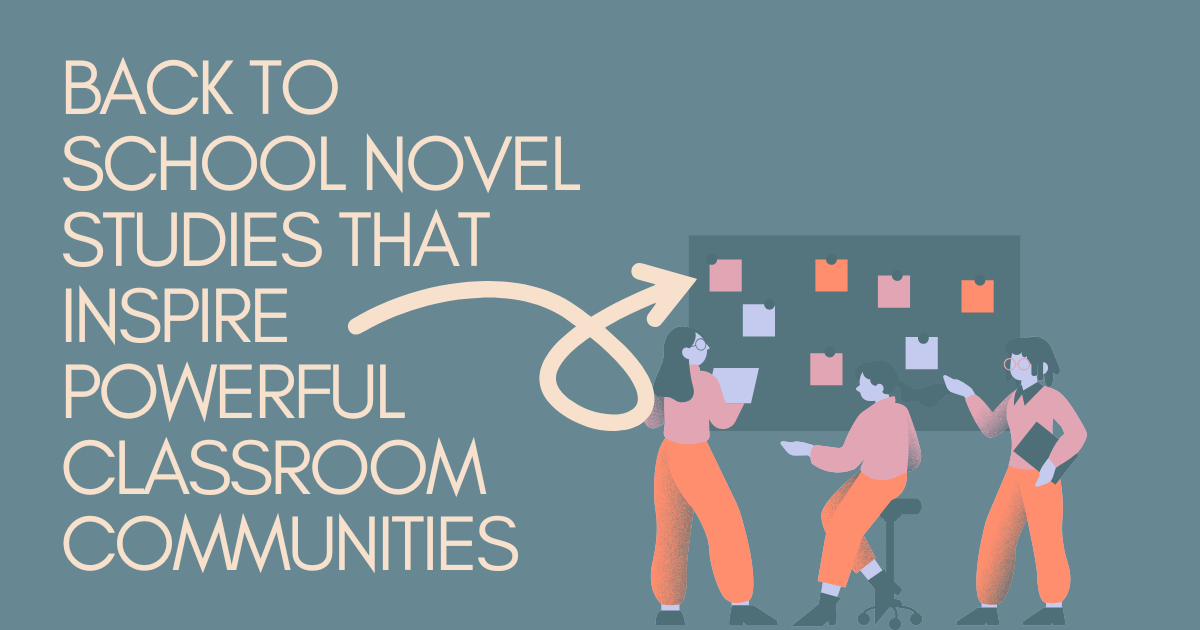
Start With Pre-Reading Debates That Hook Students into Big Ideas
Before cracking open the first chapter, invite students to wrestle with the novel’s themes without even knowing the plot. (If you haven’t yet, check out my blog post on this subject here (grades 2-4; 4-6, and 6-8)
Enter: the pre-reading debate—an inquiry-based activity where students take a stance on big, debatable ideas connected to the text’s message.
For example:
- “It’s more important to follow the rules than to follow your heart.”
- “Fair doesn’t always mean equal.”
- “You are shaped more by your environment than your choices.”
These statements give students something to chew on before they meet the characters or conflicts. You’re priming their brains to think deeply and take ownership of their opinions.
This not only builds speaking skills—it builds anticipation and emotional buy-in for the novel.
💡 Try This:
Divide students into two groups and give each side 5 minutes to prepare a quick argument. Have them defend their stance, then ask, “What would make you change your mind?”

Use Shared Reading Routines That Build Trust and Talk into your novel studies
Reading together early in the year builds a shared experience and reduces student anxiety—especially in mixed-ability classrooms.
Try this 3-part routine to support classroom culture:
- Read Together: Choose short sections of the novel to read aloud (by you, students, or audio). This ensures everyone is following the same storyline and tone.
- Pause for Reflection: Ask open-ended questions like:
- “What surprised you?”
- “What would you highlight if you were the author?”
- “Why do you think the author chose those words?”
- Pair & Share: Let students unpack their ideas with a partner or group before sharing out. This boosts confidence and makes space for all voices.
📌 Pro Tip: Set norms early. Encourage students to say, “I see it differently,” or “Can you explain what you meant?” rather than shutting down peer ideas.
Introduce Hexagonal Thinking to Spark Big-Picture Conversations in your back-to-school novel studies
Want your students to see how ideas, characters, and themes are connected? Give them a pile of hexagons and a challenge. My students really enjoy hexagonal thinking activities – after all, they get to talk and move.
What is Hexagonal Thinking?
Students write key ideas—like “loyalty,” “injustice,” “Character X,” or even powerful quotes—on individual hexagons. In small groups, they connect the hexagons where they see meaningful relationships, then justify each link.
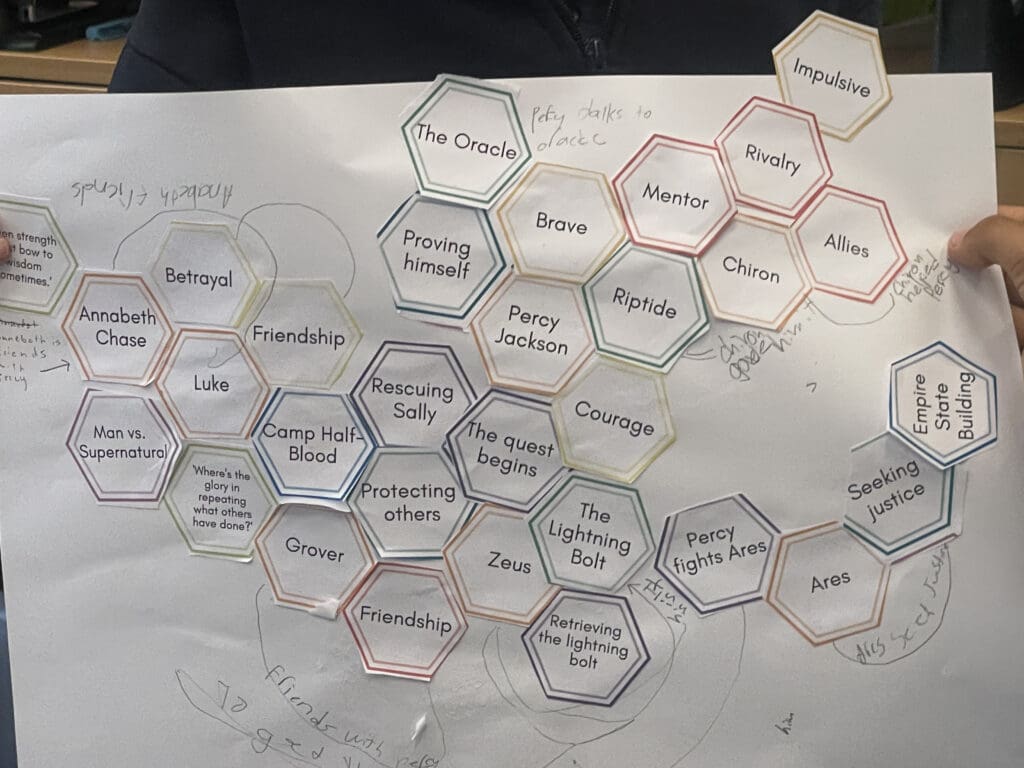
Why it works:
- It’s visual
- It’s collaborative
- It promotes deep reasoning
- It celebrates diverse interpretations
Start simple. Even after 2–3 chapters, students can connect:
- Setting to mood
- A character’s action to a theme
- A quote to a debate topic you used pre-reading
🧩 Use this as a mid-novel activity or post-reading project. Bonus: Display their finished hex boards for an instant classroom gallery of student thinking.
Check out my post on creating your own hexagonal thinking activities or save time and grab your ready-made novel-specific hexagonal thinking activity in my store.
Let Students Lead Reflection from Day One
Student-led reflection builds confidence, deepens empathy, and strengthens your reading community. And it doesn’t have to mean handing over the reins entirely—just reframe your role from “question giver” to “discussion facilitator.”
Try these peer reflection strategies:
- Rotating Discussion Roles: Assign roles like questioner, clarifier, connector, or challenger.
- Student-Generated Questions: Have students write their own discussion prompts on sticky notes after each reading session. If there not ready for this yet, have a list of guiding questions ready to go (I’ve got some great ones that work for any novel in my dollar deals)
- Two-Minute Turnarounds: In partners, each student shares one takeaway or lingering question—then switches.
Sample prompts to guide early discussions:
- “How is this story changing how you see the world?”
- “What does this book remind you of in your own life?”
- “What would you do differently than the main character?”
🗣️ Want to take it further? Have students record short video reflections or book review clips to share on a class Seesaw page or digital bulletin board.
Final Thoughts: Make Reading Feel Like a Shared Journey in all of your novel studies
The first novel study of the year isn’t just about setting expectations—it’s about setting tone. You’re showing students that reading is active, reflective, and most importantly, communal.
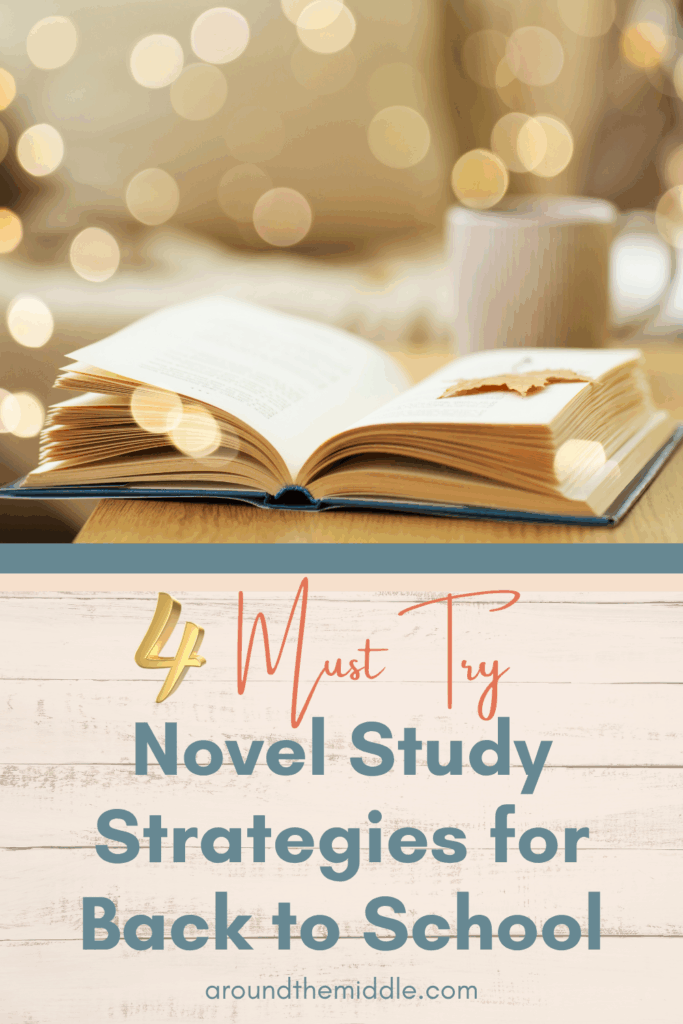
To recap:
- Debate the themes before diving in
- Read together to build comfort and culture
- Think aloud through hexagonal connections
- Reflect and lead through peer-driven conversations
When students see themselves in the classroom reading process—through voice, choice, and connection—you’re not just building comprehension. You’re building a reading community that lasts all year.
These novel study activities make students feel like they’re already “doing real work”—but they also lower anxiety, set a positive tone, and establish your classroom as a space where thinking matters.
If you haven’t yet, download my free guide: 👉 How to Choose the Right Novel to Start the Year Strong
What are your favourite go-to activities for your back-to-school novel studies?
Happy teaching
